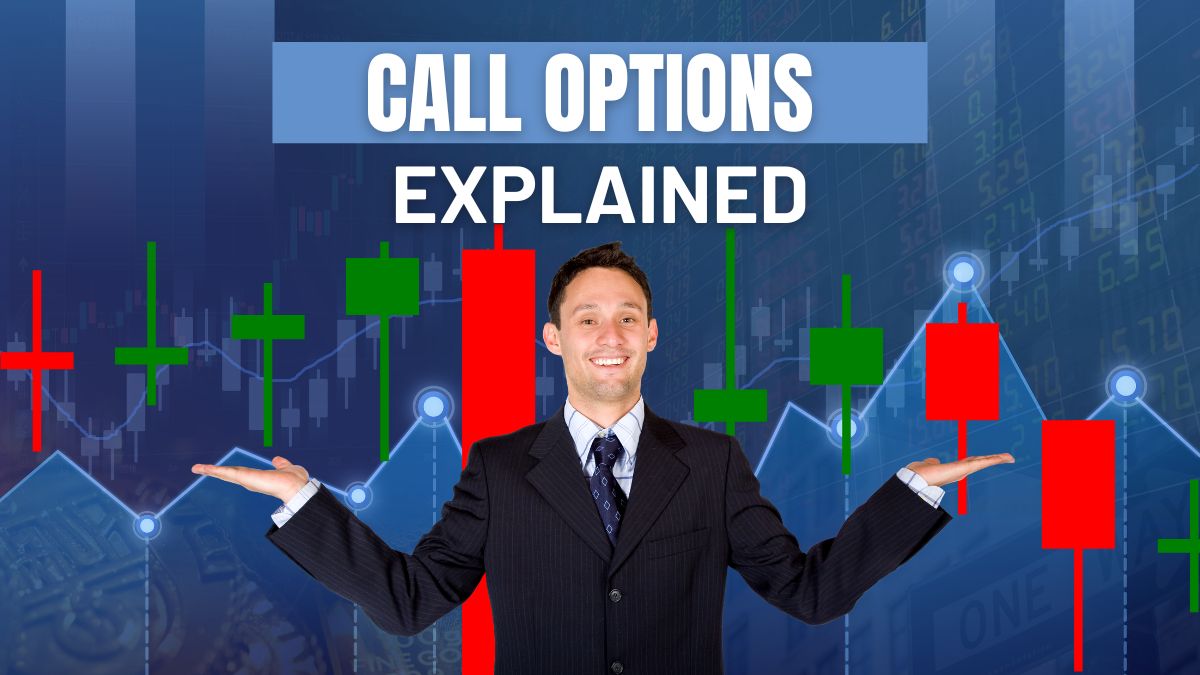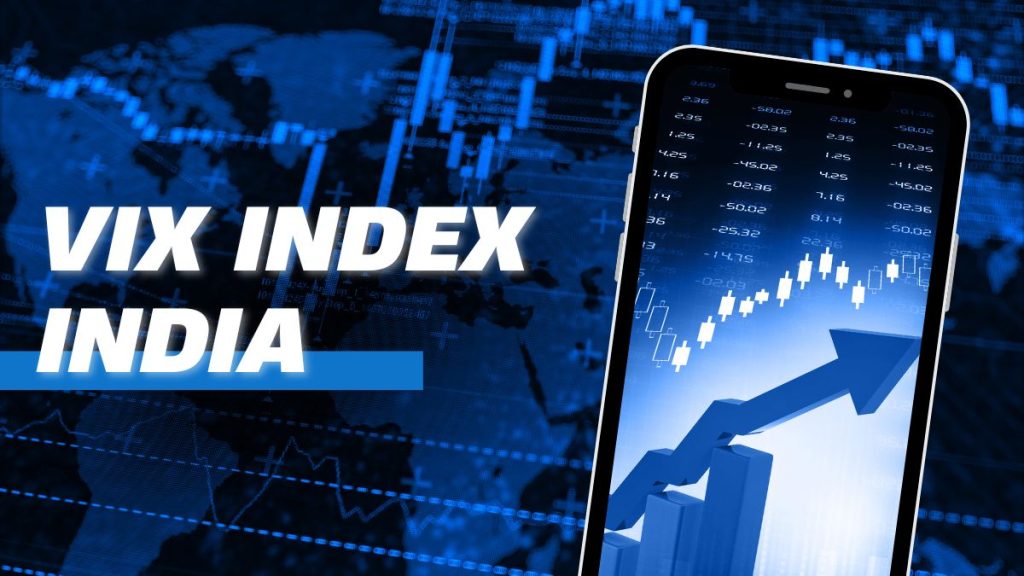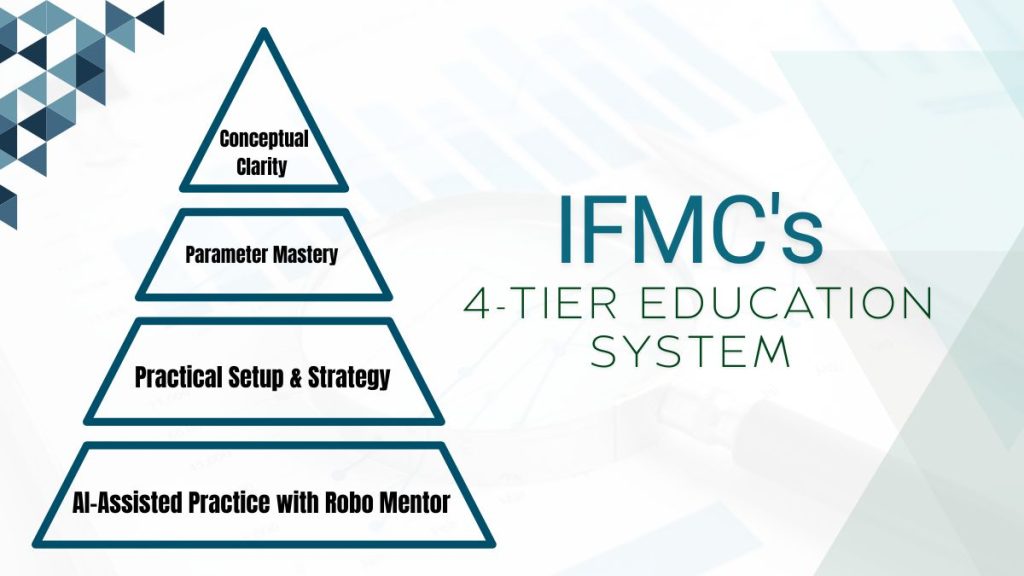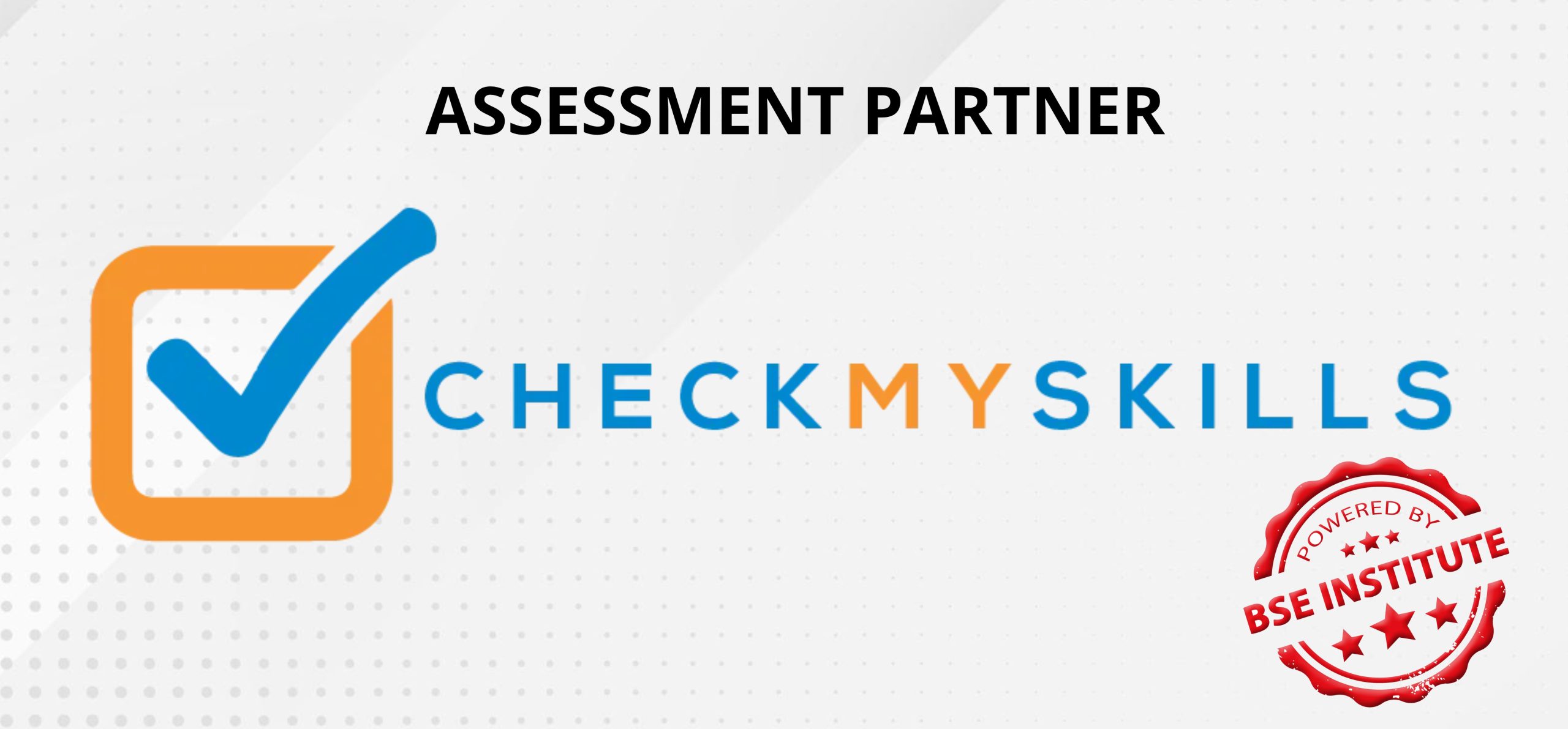Options trading can be overwhelming at first but understanding call options – one of the basics of options trading – opens up so many possibilities for investors. In 2023 over 2 crore call options were traded daily. No wonder, call options have advantages that stock trading can’t. Let’s get into everything you need to know about call options using examples and real-life scenarios to master this powerful tool.
What is a Call Option? Basics
Think of a call option like a refundable deposit on a house you might buy in the future. When you buy a call option, you’re buying the right but not the obligation to buy a specific stock (the underlying asset) at a predetermined price at a specific price (the strike price) until a certain date (the expiration date).
For example, Reliance Industries is trading at ₹2,000 per share. You think the price will go up significantly in the next month, but you don’t want to invest ₹2,00,000 to buy 100 shares outright. Instead, you could buy a call option with a strike price of ₹2,100 that expires in one month for a premium of ₹50 per share (₹5,000 total for one lot of 100 shares).
Now, as a call buyer, you have the right to buy 100 shares of Reliance Industries at a spot price of ₹2,100 until the expiration date, no matter how high the stock price goes. Your maximum loss is limited to the ₹5,000 premium, and your profit potential is unlimited if the stock price goes way above your breakeven point of ₹2,150 (₹2,100 strike price + ₹50 premium).
Definitions
- Call Option: A call option is a financial contract that gives the buyer the right but not the obligation to buy a specific quantity of an underlying asset at a specific price (strike price) before a specific date. So the buyer can potentially profit from the increase in the asset’s price without owning the asset itself.
- Strike Price: The strike price is the specific price at which the call option holder can buy the underlying asset. It’s a key factor in determining if the option is profitable since it’s compared to the market price of the asset.
- Market Price: The market price is the current price of the underlying asset. It moves based on supply and demand and is the benchmark to measure the profitability of a call option.
- Premium Paid: The premium paid is the price the buyer pays for the call option. This is the maximum loss for the buyer if the option expires worthless.
- Intrinsic Value: Intrinsic value is the value of the call option if it were to be exercised immediately. It’s the difference between the market price of the underlying asset and the strike price but only if that difference is positive.
- Underlying Asset: The underlying asset is the financial instrument (stock) the call option is based. The performance of the underlying asset affects the value of the call option.
Call Option Pricing and Strike Price
Call option pricing involves two main components that come together to determine the option premium. The first is intrinsic value – the amount by which the stock price is above the strike price for in-the-money calls. If Reliance Industries is trading at ₹2,200 and your call option has a strike price of ₹2,100, the call option intrinsic value is ₹100 per share.
The second component is time value, which is the potential for the stock price to go up before expiration. Time value decreases as the price rises and the expiration date approaches – a phenomenon known as time decay. Using our Reliance Industries example, if your ₹2,100 strike call option is trading for ₹150 when the stock is at ₹2,200, the option has ₹100 of intrinsic value and ₹50 of time value.
Market expectations, especially implied volatility, also affect option premiums. Higher implied volatility means higher option premiums since there’s a higher perceived chance of big price moves in either direction.
Market Price vs Strike Price
Call option traders need to understand the relationship between market price and strike price. Market price is the current price of the underlying asset in the market, and strike price is the specific price at which the holder of such an option can buy the underlying asset.
When the market price is above the strike price, the buyer of a call option is in the money. This means the option has intrinsic value since the holder can buy the underlying asset at the lower strike price and sell it at the higher market price. For example, if the market price of a stock like Infosys is ₹1,200 and the strike price of the call option is ₹1,000, the option is ₹200 in the money.
When the market price is below the strike price, the call option is out of the money. In this case, the option has no intrinsic value since it’s not profitable to exercise the option. For instance, if the current market price of Infosys is ₹800 and the strike price is ₹1,000, the option is out of the money by ₹200.
Call Option Trading Strategies
The simplest call option strategy is to just buy calls for leverage. This allows you to control 100 shares of stock for a fraction of the cost of owning the shares outright. But unlike actual stock ownership, call options have an expiration date and lose value over time.
A more conservative approach is the call option example of the covered call strategy, where you sell call options against stock you already own to generate income. For example, if you own 100 shares of Reliance Industries at ₹2,500, you might sell a ₹2,600 strike call option for ₹50, to get immediate income while still participating in some upside.
For defined risk trades, bull call spreads involve buying a lower strike call option and selling a higher strike call option with the same expiration. This reduces both the cost and profit of the long call position but increases the probability of success.
Call Option Trading and Underlying Asset
Understanding the Greeks is key. Delta shows how much the option price moves for a 1 point move in the underlying stock. Gamma shows how fast delta changes. Theta is the daily decay of the option and Vega is the sensitivity to volatility changes.
Professional traders use rolling strategies to manage their positions. Rolling means closing an existing option position and opening a new one with a different strike price or expiration. This helps to maintain exposure while managing risk or taking profits.
Time Value and Expiration
The time value of a call option is a key concept that reflects the chance of the underlying asset to move in your favor before the option expires. The time value of the call seller is the portion of the option premium that’s above the intrinsic value and is determined by the time to expiration and volatility of the underlying asset.
As the expiration date approaches, the time value of the option decreases, a process called time decay. This means the option loses value over time, assuming all other things remain constant. For example, an option with 3 months to expiration has more time value than an option with 1 month to expiration.
Expiration is the last day the option can be exercised. After that, the option becomes worthless and the first option buyer also loses the premium paid for the option. So it’s important for traders to monitor time value and expiration to know when to exercise or sell their options.
Call Option Trading Mistakes to Avoid
One common mistake is over-leveraging – buying too many calls relative to your account size, especially if the stock surges. Remember calls limit your risk to the premium paid but that premium can be a 100% loss if the stock doesn’t move as expected.
Another mistake is ignoring implied volatility when buying calls. High implied volatility means options are expensive, so more stock price movement is required for profitability. Sell calls or use spread strategies when implied volatility is high.
Position sizing is key. As a rule of thumb, no single call option position should risk more than 1-2% of your total portfolio. This way a string of losses won’t kill your account.
Conclusion
Call options are a great tool for traders and investors, to generate income or leverage capital for bigger gains. But success requires understanding both the basics and advanced concepts of call option trading. Start paper trading to practice these concepts without risking real money. As you get more experience, gradually add call options to your strategy and always manage your risk.
Remember call options can be profitable but also risky. Take the time to understand these financial instruments before trading them. Look for additional education from reputable sources and stay informed about market conditions that may affect your options positions.
A call option is a financial contract that gives the buyer the right, but not the obligation, to buy a specific stock (the underlying asset) at a specific price (strike price) before a specific expiration date. When you buy a call option you pay a premium that’s your maximum loss, while your profit potential is unlimited if the stock price goes above your breakeven point (strike price + premium paid). Call options are popular among investors because they offer leverage, you can control 100 shares of stock for a fraction of the cost of owning shares directly, making them a great tool for speculation and risk management in a diversified strategy.
Call Option FAQs
What happens if my call option expires in the money?
If your call option expires in the money (the stock price is above the strike price) you have two choices: you can exercise the option to buy the stock at the strike price or you can sell the option before expiration to get its value. Most traders sell their options rather than exercise them, this way they preserve any remaining time value in the call option buyer get the premium.
How much money do I need to start trading call options?
The minimum investment is the premium per call option contract, plus your broker’s commission. Since each contract is 100 shares and premiums are ₹10 to several hundred rupees per share, you might need ₹1,000 to several thousand per contract. But it’s recommended to have at least ₹1,50,000-₹4,00,000 in your account to manage risk and have enough capital for multiple positions.
Can I lose more than my initial investment with call options?
When buying call options, your maximum loss is limited to the premium you paid for the option. For example, if you buy a call option for ₹25,000, that’s the most you can lose, even if the stock price drops to zero. However, when selling (writing) naked call options, potential losses are unlimited, as there’s no limit to how high a stock’s price can rise.
How do I calculate my breakeven point for a call option?
To calculate your breakeven point, add the premium per share to the option’s strike price. For instance, if you buy a call option with a ₹4,000 strike price and pay a ₹150 premium, your breakeven point will be ₹4,150. The stock price needs to rise above ₹4,150 before the expiration date for you to profit from the trade.
What’s the difference between American and European style options?
American style options can be exercised at the specified price at any time before expiration, European style options can only be exercised on the expiration date. Most stock options traded in the US are American style. But this only matters if you plan to exercise the option – most traders simply sell their options before expiration to close the position.
How does implied volatility affect call option prices?
Implied volatility has a big impact on option premiums. Higher implied volatility means the market expects bigger price movements in the underlying stock which means higher option premiums. Lower implied volatility means lower premiums. That’s why you should consider implied volatility levels and underlying price before buying call options – high implied volatility means you’re paying more for the option which increases your breakeven point.
What’s the difference between in-the-money and out-of-the-money call options?
In-the-money (ITM) call options have a strike price below the current stock’s market price rises so they have intrinsic value. Out-of-the-money (OTM) call options have a strike price above the current stock price and only have time value. At-the-money (ATM) options have a strike price close to the current stock price. ITM options are more expensive but have a higher probability of being profitable, OTM options are cheaper but have a lower probability of success.
How long should I hold my call options?
The answer depends on your strategy and market conditions. Since options lose value over time (theta decay) many traders don’t hold them until expiration. Some traders exit when they’ve reached their profit target (often 20-50% of the premium paid) while others may adjust their position by rolling to a different strike price or expiration date. You should have an exit strategy before you enter the trade.






















